A trade show is only as successful as its pre-show marketing. The big question is how to promote an exhibition without yet being at the show. We have curated a few pieces of advice to make the process a little easier and the outcome worth the investment.
Determine your goals
Set. your. goals. How can you gauge success without first determining the purpose of being at the trade show? Before every exhibition stand is created there should be three primary goals determined.
Goal 1: Determine the audience: Your company should consider who they are driving to their stand and what will bring them there. The network you are targeting through pre-exhibtion advertising should reflect an audience that is interested in your brand, and one that you want onsite.

Goal 2: Determine the onsite purpose: Understand the outcome your company desires from exhibiting. Once determined, the purpose should drive your pre-exhibition marketing, working to engage with this group of visitors ahead of their attendance.
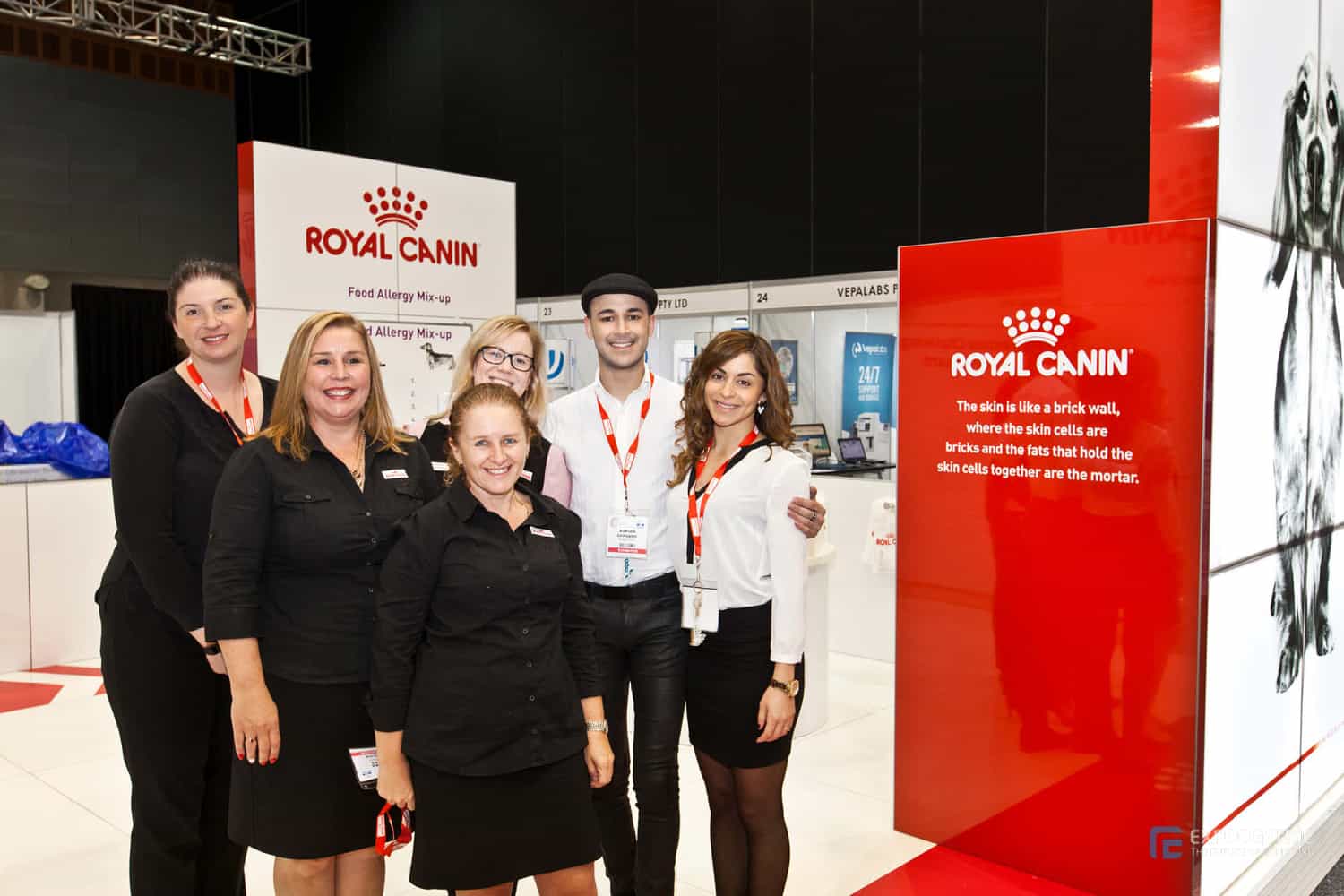
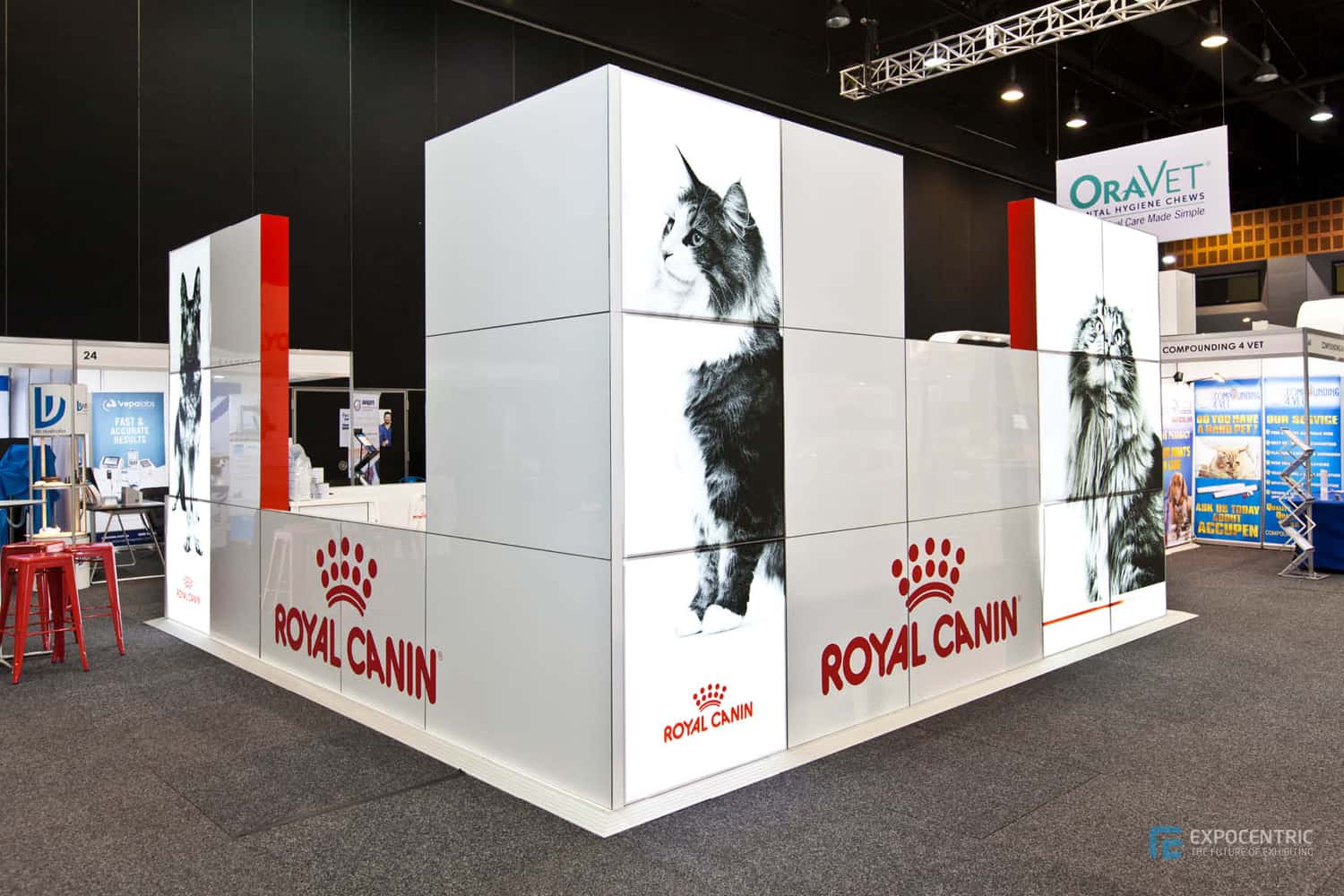
Goal 3: Determine the 12-month goal. The 12 months following the exhibition is the sweet spot where companies can strengthen relationships made with contacts onsite and look to harvest sales. This longer term goal should be kept in mind when developing the long term messaging delivered to the market.
Utilise your exhibition goals to inform the communication that will be distributed for the upcoming event. This ensures continuity and relevance of messaging for the audience.
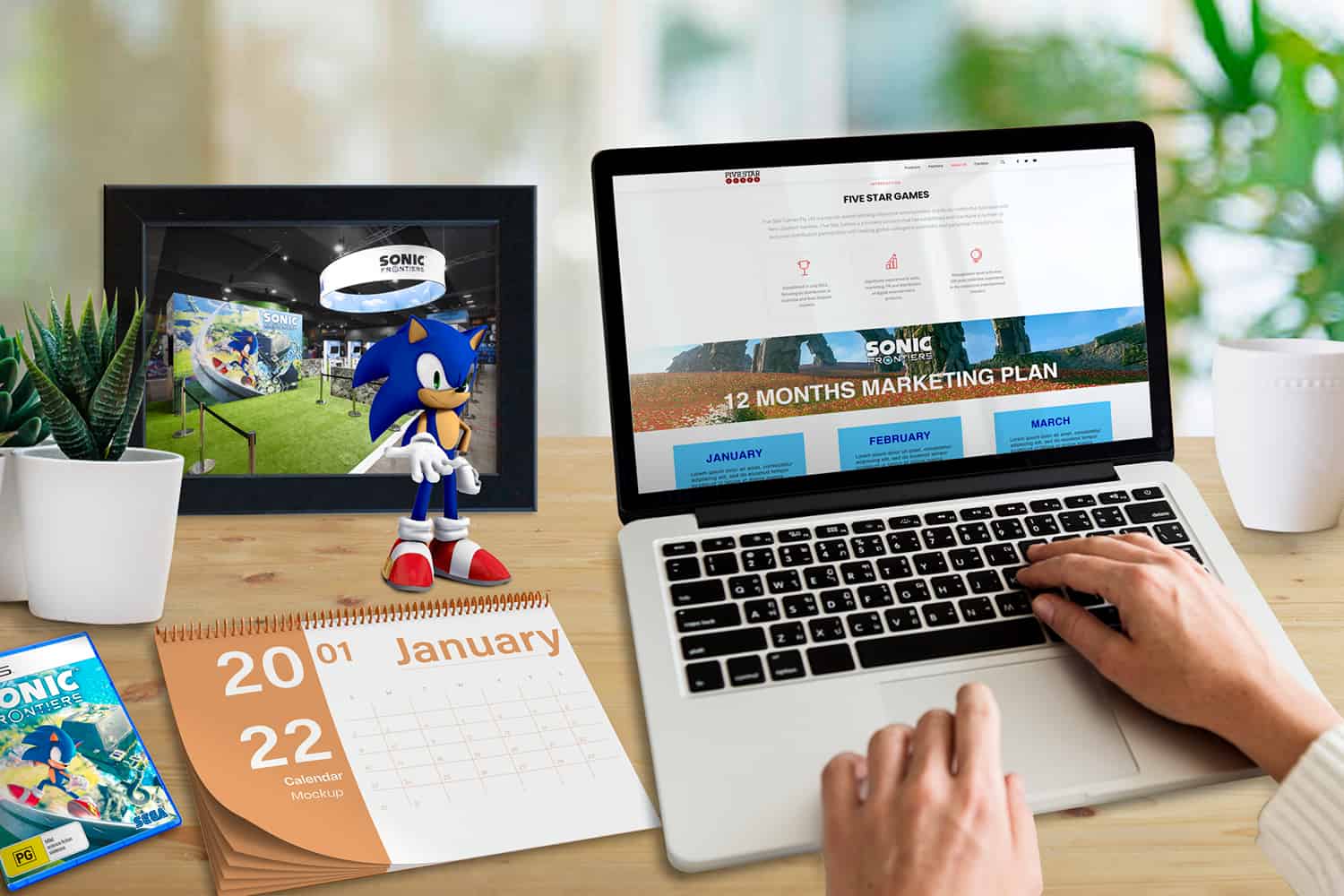
Create a Timeline
Invest time into curating a timeline to map out what communication should be distributed to your key audience. The timeline should tie the purpose of being onsite with the content included in the marketing. Our recent blog Trade Show Marketing: Our Beginner’s Guide notes the timeline should look to connect with an audience at least eight times ahead of the exhibition with higher frequency in the weeks leading up to the event. A typical pre-show timeline may include announcement timings as follows: 6, 4, 3, and 2-months, 6, 4 and 2-weeks and 1 week to go.
With the timeline determined, organisations should consider which platforms to promote across.

Pick the Platform
With access to so many avenues, understanding which platform to advertise through can be intimidating. Lean on your audience to understand where they consume advertising to determine which platforms your company should be sending information through. Both digital and traditional platforms need to be considered.
Digital Platforms
Digital platforms are fast becoming the only solution to promotion ahead of being at the exhibition. The ease and cost efficiency works in its favour, as well as expansive reach and direct link back to the company’s details. Following are a number of digital platforms your organisation should focus its efforts on for your upcoming exhibition.
Website
Start with your website; the link to all information. The website should note which upcoming events or exhibitions you will be attending and make this a hub for any updates. By promoting your exhibition within a singular place you can look to direct traffic within other promotions to this point. The website should link to any key information about the exhibition, images to engage users, as well as any details giving visitors a reason to visit you at the event. Companies may also look to use their website to share a blog post advertising their participation at the exhibition.

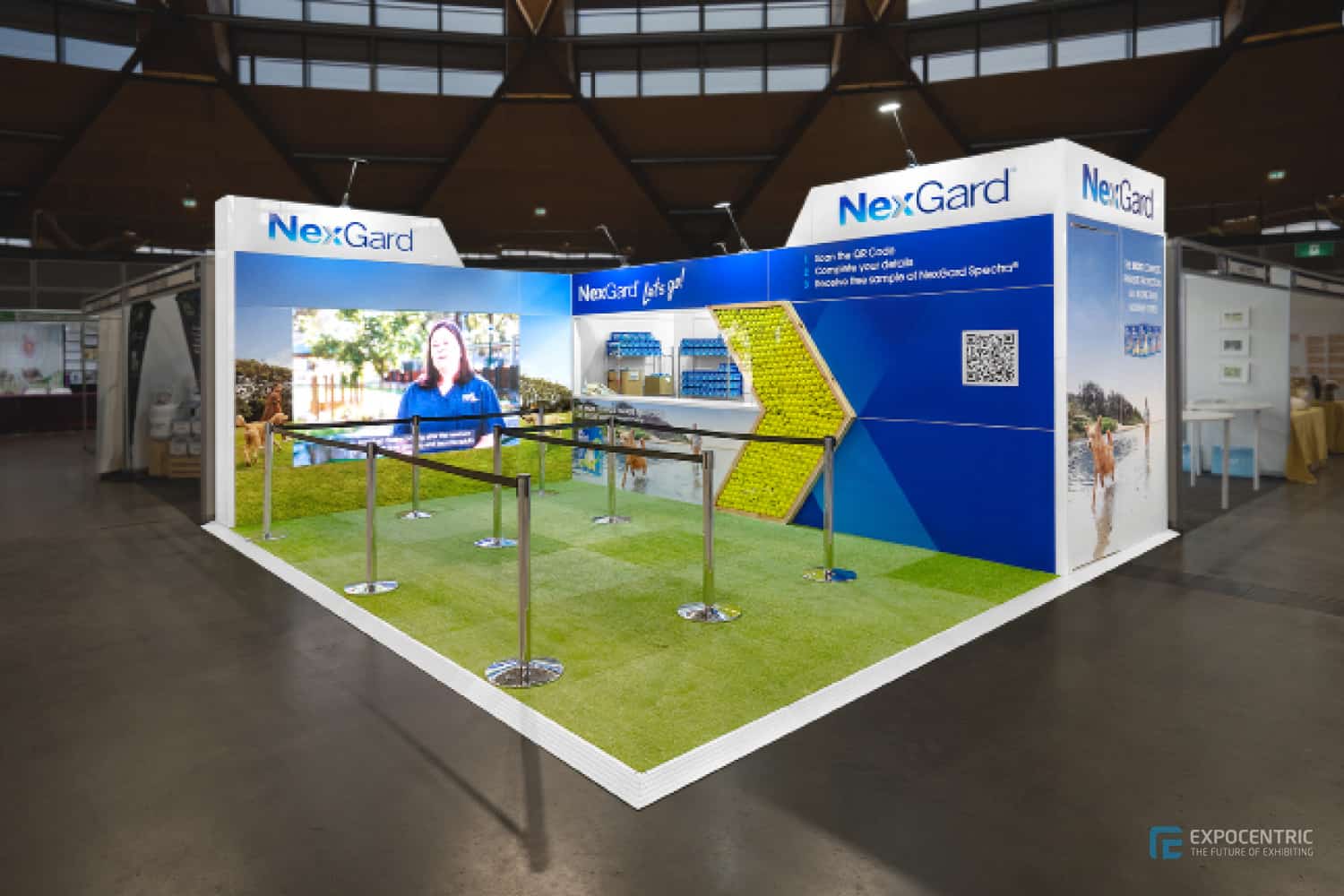
Social Media
It goes without saying that a social media presence should form a strong part of your pre-exhibition marketing plan. With such ease, accessibility, reach and cost efficiency, distribution across social media is key. Companies should use their Instagram, Twitter and Facebook page to update visitors that they are attending the event. A strong picture should accompany each post to stop followers from scrolling and catch their attention. Companies should also look to lean on LinkedIn as a networking opportunity as a means to strengthen their awareness. Companies should also encourage their social media friends and network to share their attendance ahead of the day. It is recommended to align social media posts with media distributions, like emails to amplify the messaging.
TIP: Lean on special guests attending the event and affiliated with your company to distribute attendance messaging to further expand your message awareness.
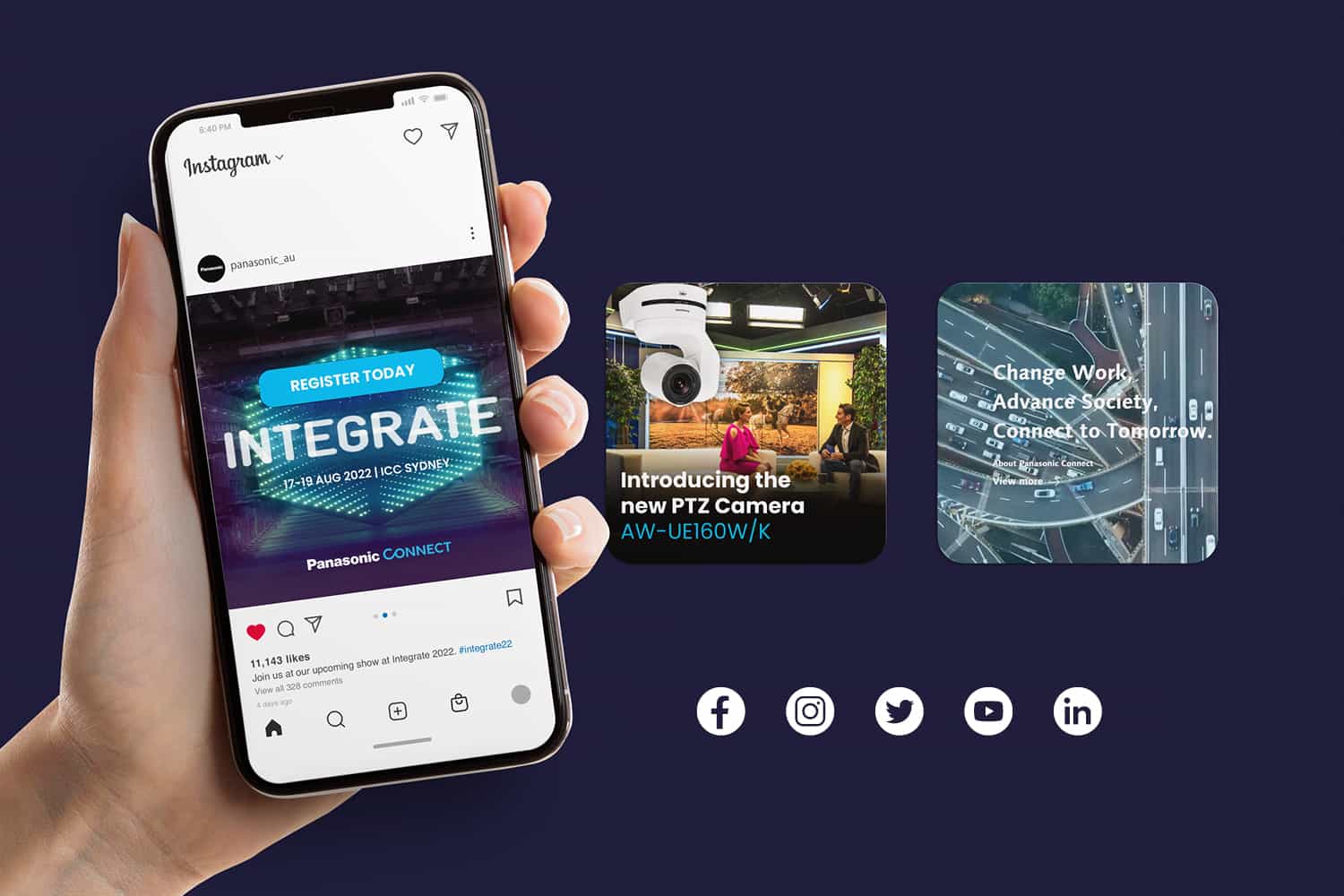
eDMs
Emails will likely play one of the largest roles of communication in the lead up to the exhibition and it costs very little. It is recommended to align your eDMs to the aforementioned timeline to form part of a series. If you are stuck for ideas our blog Seven Ways to Attract More Visitors to Your Exhibition Stand details a number of email topics to distribute.
Traditional Platforms
Traditional platforms encompass traditional above the line marketing practises that pending the industry may still be relevant and result in great success. Some traditional marketing ideas include:
Press Release
The preparation of press releases play a big role in promoting a company and their participation. Often they are distributed to larger print media outlets as a way to sell a story into the media. Media then rely on the press release to write an article about your participation. This type of marketing may be costly and timely, however it does work to extend to a far broader audience than those currently on your database.
Radio & TV
Albeit one of the most expensive marketing practices, radio and television guarantee mass awareness for any company advertising. Before leaning into this type of media however, consideration should be given to how your audience aligns with each avenue to ensure you connect with the right people.
Flyers and Posters
Flyers, posters, exhibition cards and catalogues are all tactical sale drivers, and should be considered to share amongst targeted people. Companies can send broad information via flyers and posters in the hope to target individuals via geo-location. As digital is front of mind, add a QR code within the flyer and poster linking to your website. This will increase the chance of further strengthening the distribution of messages. This may also be an effective lead generation activity, requesting details from those who scan, ahead of providing them further information.
With lots of platforms available, it’s easy to skim the marketing-surface. However, companies should make a concerted effort to align their platforms, linking messages between distributions. This will allow the target audience to browse the company’s platforms and communications and receive a consistent message.
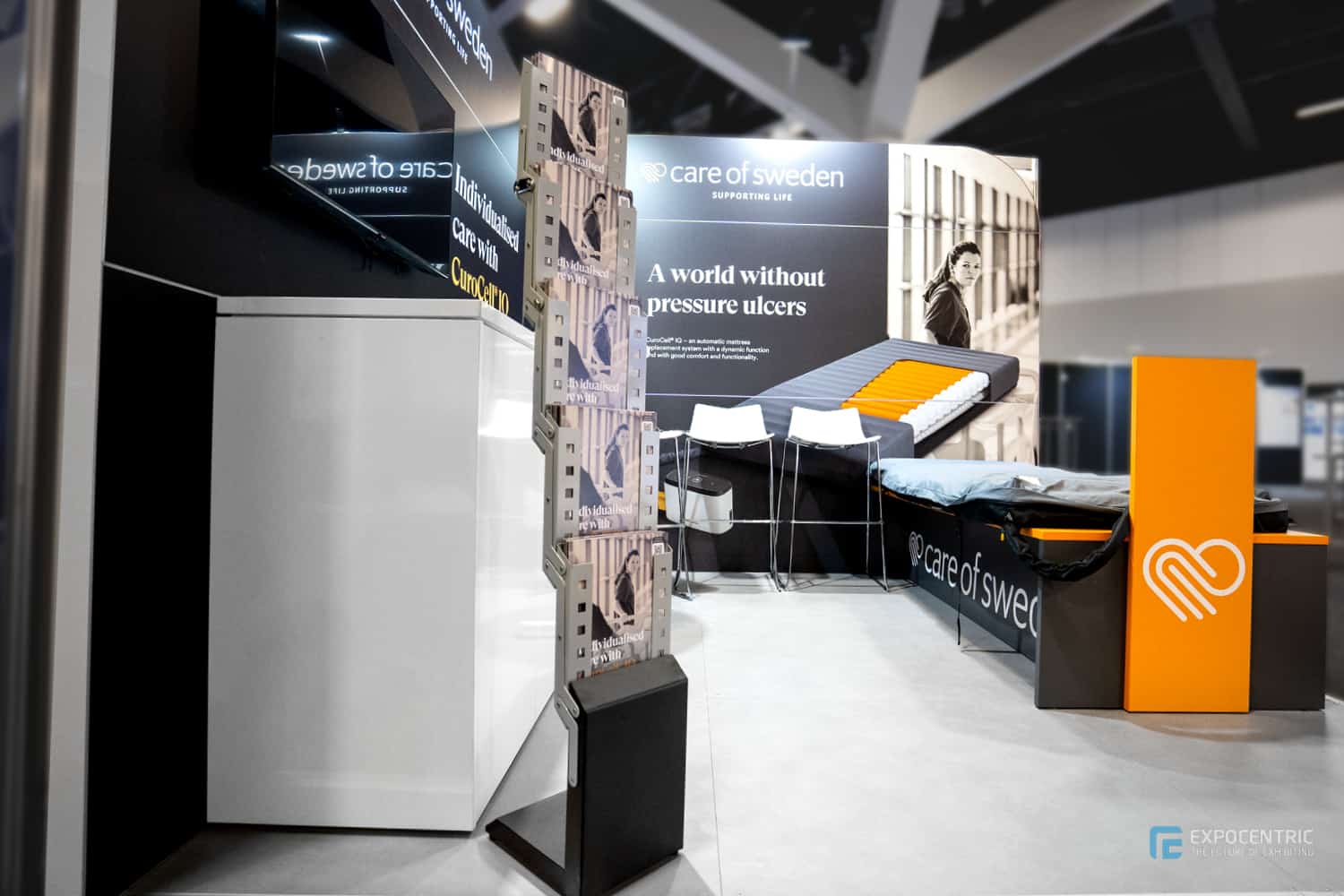

Create a Hook
Make visitors want to attend your stand. The aim of your exhibit should be to create a unique experience for visitors. It is important to give visitors a reason to visit you at the shows and understand what will drive them to your exhibition reception desk. There are a number of approaches you can take to ensure your experience is unique for attendees.
Seek out competitors
Consider what your competitors participating in the event will be doing. This can be done through looking at pictures of what they’ve done at previous events, following them on social media, and signing up to receive their emails. By understanding your competitors’ theme and what they are providing, you can look to improve your offering.

Tease onsite offers
Recognize what your customers find valuable when being onsite and ensure this is part of the offering. This may include a promotion that is only available by visiting you at the event. By creating services and offers only available onsite, customers will look to remember your brand in an effort to visit your stand. Ensure the promotion or experience available at the exhibition is written within primary communication.
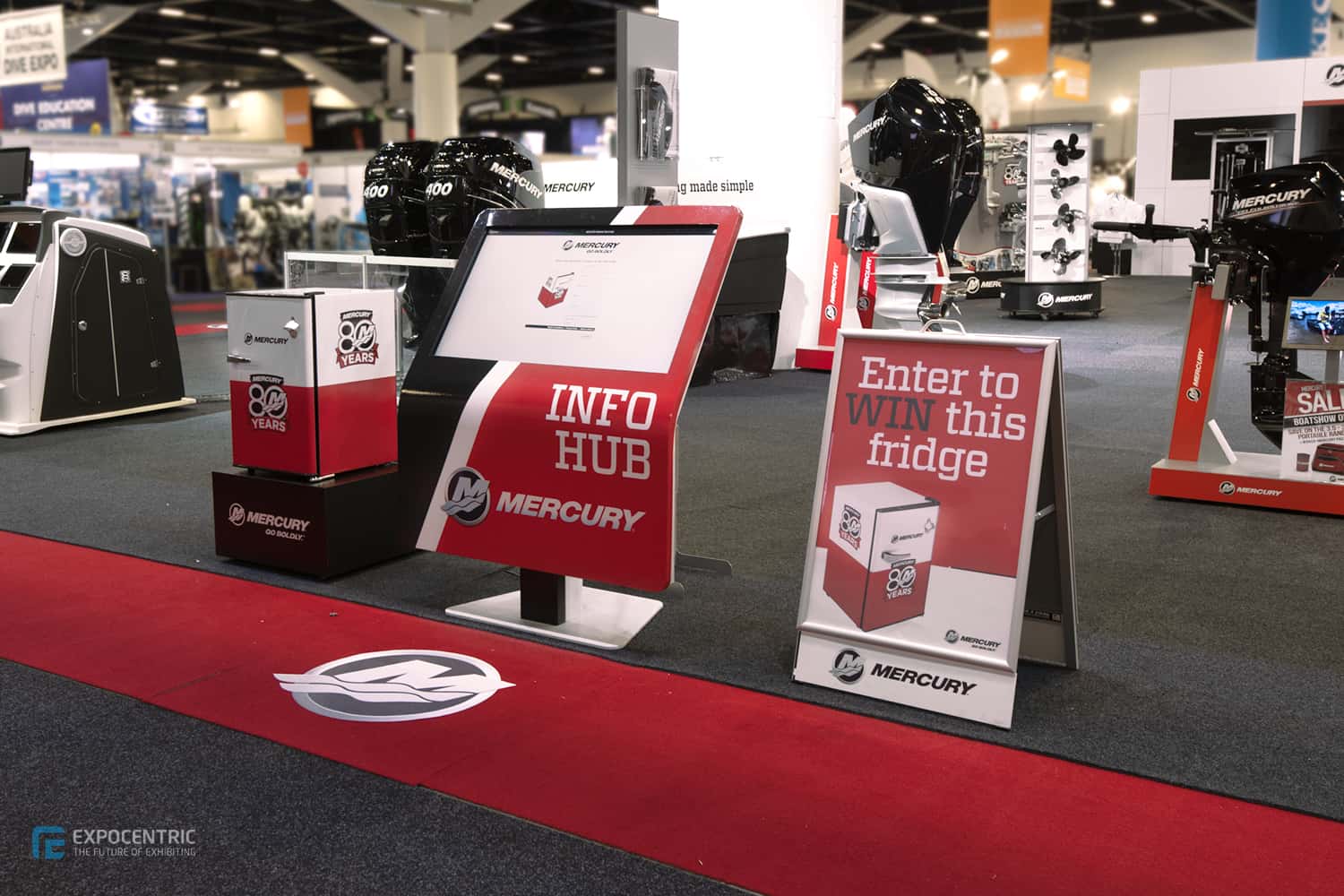
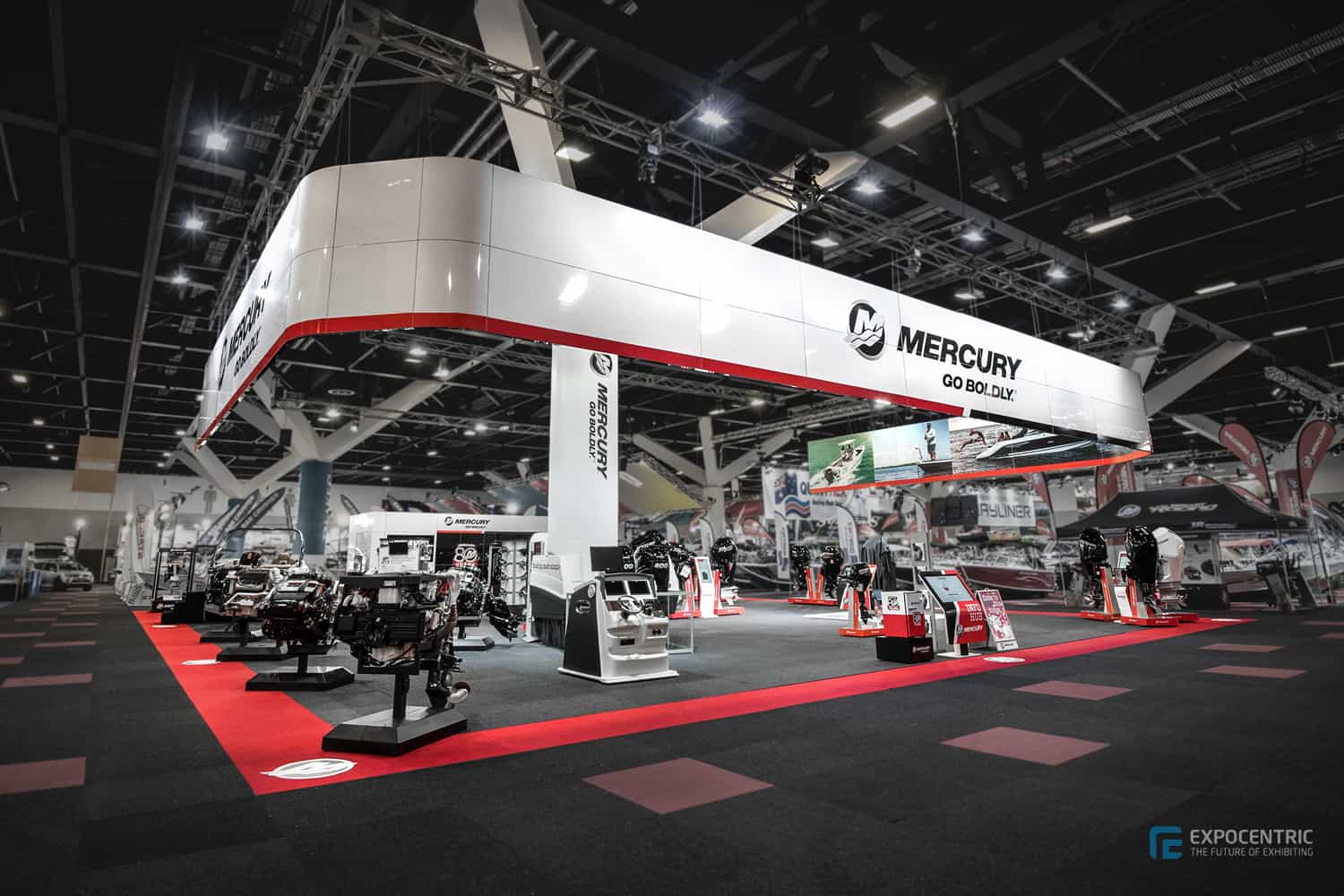
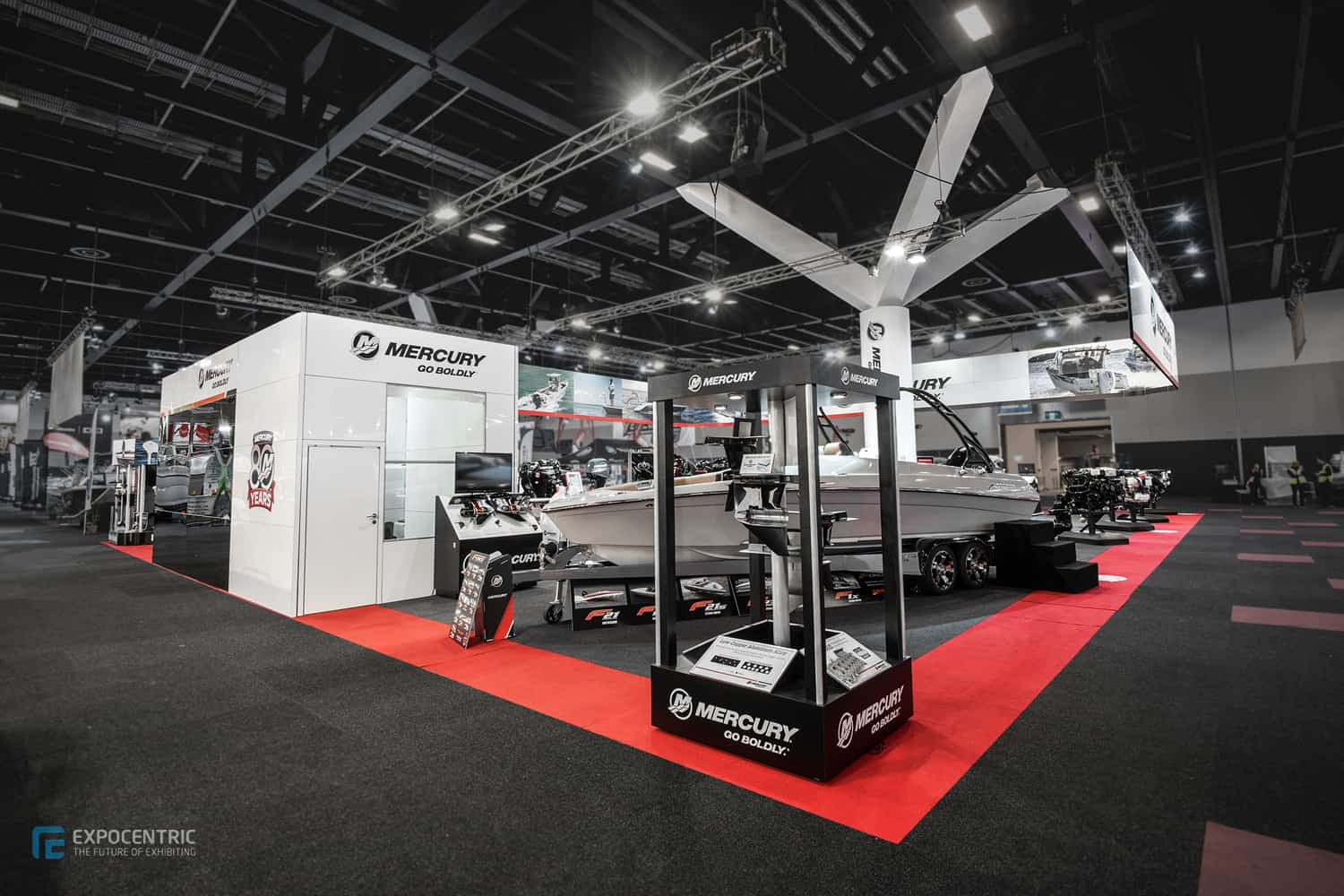
Lean on the exhibition organiser
If marketing isn’t your area of expertise and you don’t know how to get started, then turn to your exhibition organiser. Expo Centric will work with your company to build a pre-event marketing strategy that falls in line with your company. From beginning to end, we will prepare everything you need to get visitors to ask questions, click on links, forward information to family and friends, and turn up to your stand. Preparing your exhibition stand experience, whether it be shell scheme or custom, is exactly what we do. You can read more on our offering here.
There’s a lot of power in the messaging distributed ahead of the event. Whilst being onsite is essentially the most important part of your event, don’t forget your success begins when you sign the contract. Be strategic in the time leading into being onsite, and leverage every avenue of marketing to garner the best result onsite.
